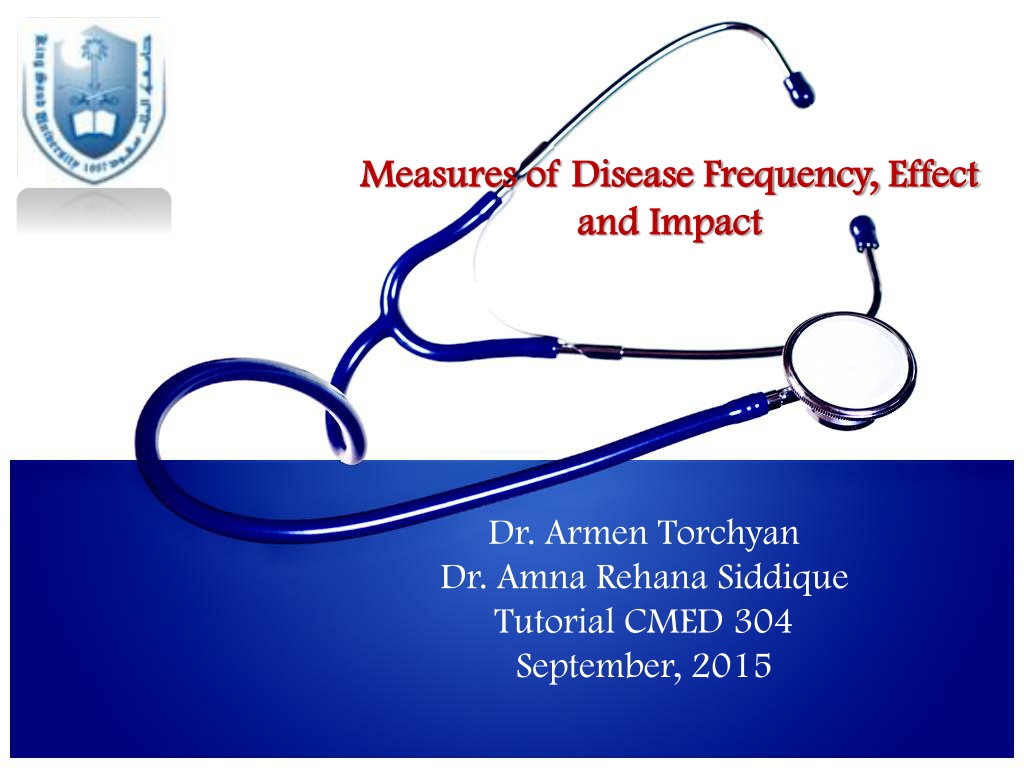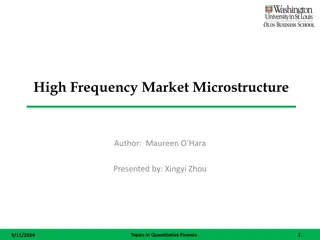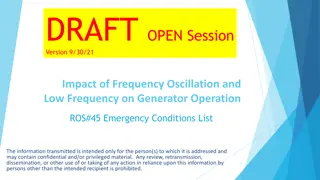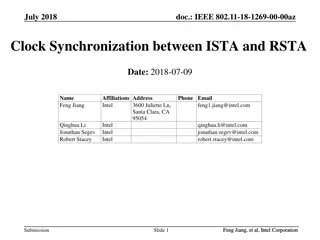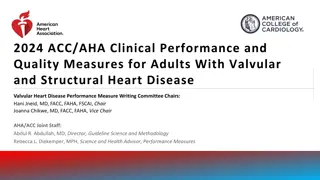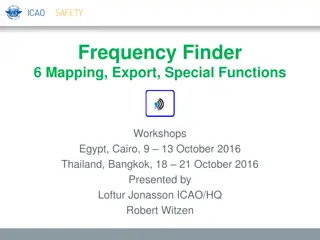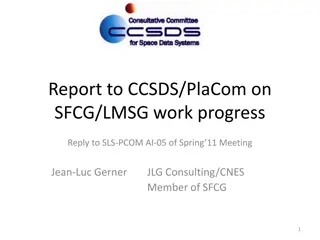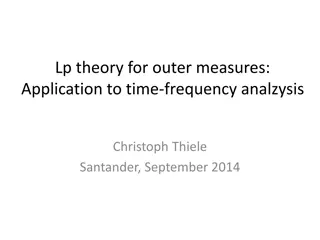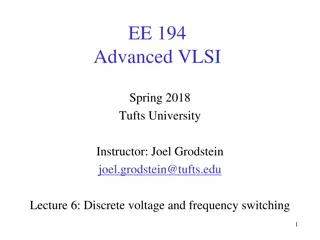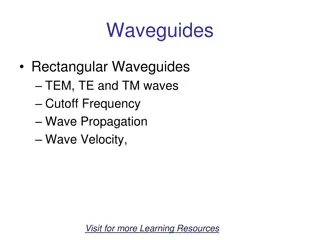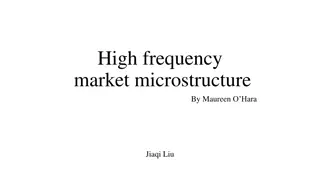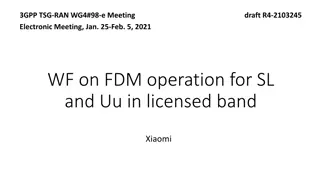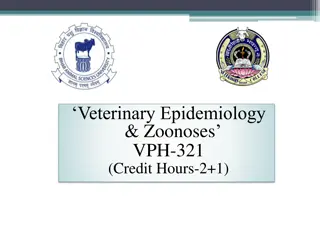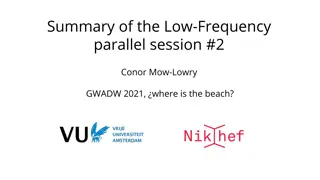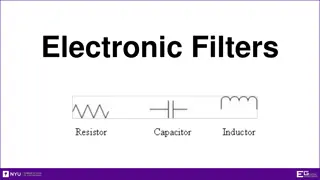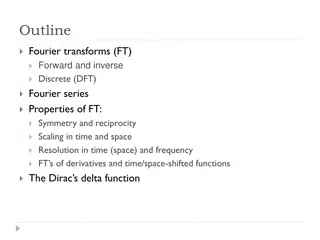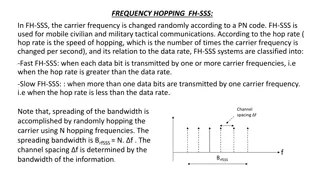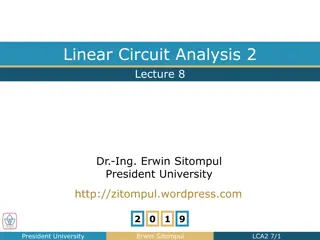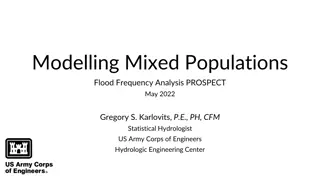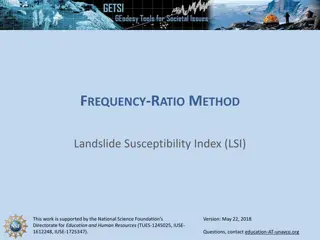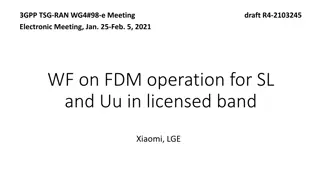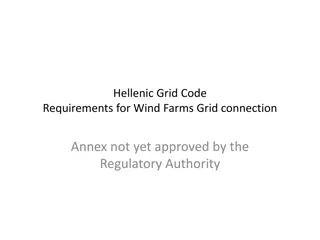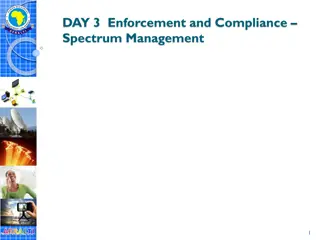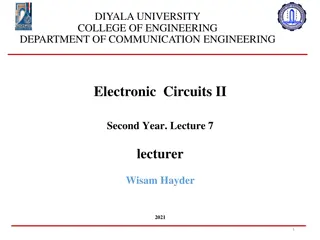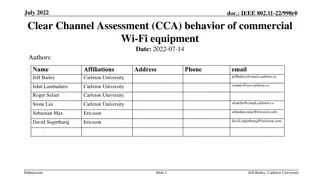Understanding Disease Frequency and Impact Measures
This informational resource delves into various aspects of disease frequency, effect measures, and impact, covering key terms like exposure and disease. It also discusses important measures like incidence rate, prevalence rate, and risk difference. Examination questions related to the incidence and prevalence rates of active tuberculosis cases in a hypothetical city are provided, along with insights into prevalence dynamics and risk differences in disease.
Download Presentation

Please find below an Image/Link to download the presentation.
The content on the website is provided AS IS for your information and personal use only. It may not be sold, licensed, or shared on other websites without obtaining consent from the author. Download presentation by click this link. If you encounter any issues during the download, it is possible that the publisher has removed the file from their server.
E N D
Presentation Transcript
Measures of Disease Frequency, Effect Measures of Disease Frequency, Effect and Impact and Impact Dr. Armen Torchyan Dr. Amna Rehana Siddique Tutorial CMED 304 September, 2015
OBJECTIVES OBJECTIVES Incidence Rate Prevalence Rate Attack Rate Risk Difference Measures of Association
Important Terms Exposure (E) an explanatory factor; any potential health determinant; the independent variable Disease (D) (Outcome) = the response; any health- related outcome; the dependent variable Measures of disease frequency = Incidence & Prevalence Measure of association (syn. measure of effect) a statistic that quantifies the relationship between an exposure and a disease Measure of potential impact a statistic that quantifies the potential impact of removing a hazardous exposure
Incidence Rate Population of the city in Atlantis on March 30, 2003 = 183,000 No. of new active TB occurring between January 1 and June 30, 2003 = 26 No. of active TB cases according to the city register on June 30, 2003 = 264 The incidence rate of active cases of TB for the 6 month period was: a. 7 per 100,000 population b. 14 per 100,000 population c. 26 per 100,000 population d. 28 per 100,000 population e. 130 per 100,000 population Absolute risk
Prevalence Rate Population of the city in Atlantis on March 30, 2003 = 183,000 No. of new active TB occurring between January 1 and June 30, 2003 = 26 No. of active TB cases according to the city register on June 30, 2003 = 264 The prevalence rate of active cases of TB for the 6 month period was: a. 14 per 100,000 population b. 130 per 100,000 population c. 144 per 100,000 population d. 264 per 100,000 population e. None of the above
Dynamics of Prevalence Cistern Analogy (p. 185) Ways to increase prevalence Increase incidence increase inflow Increase average duration of disease decreased outflow
Risks Suppose, I am exposed to a risk factor and have a 2% risk of disease. You are not exposed and you have a 1% risk of the disease. Of course we are assuming we are the same in every way except for this risk factor. In absolute terms, I have 2% 1% = 1% greater risk of the disease This is the risk difference
Risks In relative terms we divide I have 2% 1% = 2, or twice the risk This is the relative risk associated with the exposure
Risk Difference Risk Difference (RD) absolute effect associated with exposure = RD R R 1 0 where R1 risk in the exposed group R0 risk in the non-exposed group Interpretation: Excess risk in absolute terms
Measures of Effect / Measure of Association Men and women between 30-35 years of age in a city were followed up in program to determine the occurrence of Migraine headaches. The migraine headaches were found in 10 of 1000 women aged 30 to 35 years and in 5 of 1000 men aged 30 to 35 years. Can you name and interpret a measure of effect? Relative risk in women is higher than men in this age group Incidence in Women /Incidence in men ~ 10/1000 = 2 5/1000 Women have a two times greater risk of developing migraine headache than do men in this age group.
Inference A survey was conducted among the non-hospitalized adult population of United States during 1988 . The results are shown below: Age group 18-29 30-39 40-49 50-59 60-69 70 and older Persons with hypertension (%) 4 10 22 43 54 64 What is the prevalence of hypertension in the age group of >=70 yrs of age? 64% of persons of 70 and more years had hypertension in 1988.
Attack Rate TOTAL Ate Tuna Did Not Eat Tuna Ate Egg Salad 75 100 Did not eat Egg Sla 200 50 With Acute Sore Throat Ate Tuna Did Not Eat Tuna Ate Egg Salad 60 75 Did not eat Egg Sla 70 15 What is the sore throat attack rate in persons who ate both egg salad and tuna: a. 60/75 b. 70/200 c. 60/135 d. 60/275
Attack Rate TOTAL Ate Tuna Did Not Eat Tuna Ate Egg Salad 75 100 Did not eat Egg Sla 200 50 With Acute Sore Throat Ate Tuna Did Not Eat Tuna Ate Egg Salad 60 75 Did not eat Egg Sla 70 15 What is the sore throat attack rate in persons who ate only egg salad: a. 60/75 b. 70/200 c. 75/100 d. 75/275
Inference from attack rates What is the inference? Persons who ate both egg salad and tuna have greater risk of developing sore throat than do persons who ate only egg salad.
Measures of Effect and Impact Following table describes the data from a study when two groups based on meat consumption were followed up in time for occurrence of Coronary heart disease (CHD) over one year. Cases of CHD 182 Non Cases of CHD 1449 Total Eat Red Meat Daily 1631 Eat Red Meat once/week 23 779 802 105 2328 2433 Total 1. What is an exposure here? 3. What is the incidence in exposed? 2. What is an outcome here? 4. What is the incidence in unexposed ? 5. Calculate Relative Risk and Attributable Risk (optional)
Thank you Questions?
